Japan might be thousands of miles away from California, but Hakone Estate and Gardens brings the Land of the Rising Sun to the Golden State.
Located in the South Bay city of Saratoga, this Bay Area Japanese garden is the oldest of its kind in all of the Western Hemisphere.
At Hakone, you’ll be transported to Japan while walking through the authentically crafted venue, from tea gardens and pavilions to a koi pond, wisteria arbor, bamboo garden, and so much more.
Whether you’re planning to use Hakone Estate and Gardens for weddings, private parties, photoshoots, or simply cherry blossom viewing, it’s the perfect place to unwind in one of California’s most beautiful Japanese gardens.
Disclosure: This post contains affiliate links. By making a purchase through one of the links, I may receive a small commission at no extra cost to you. Thank you for your support and for helping me keep this blog up!
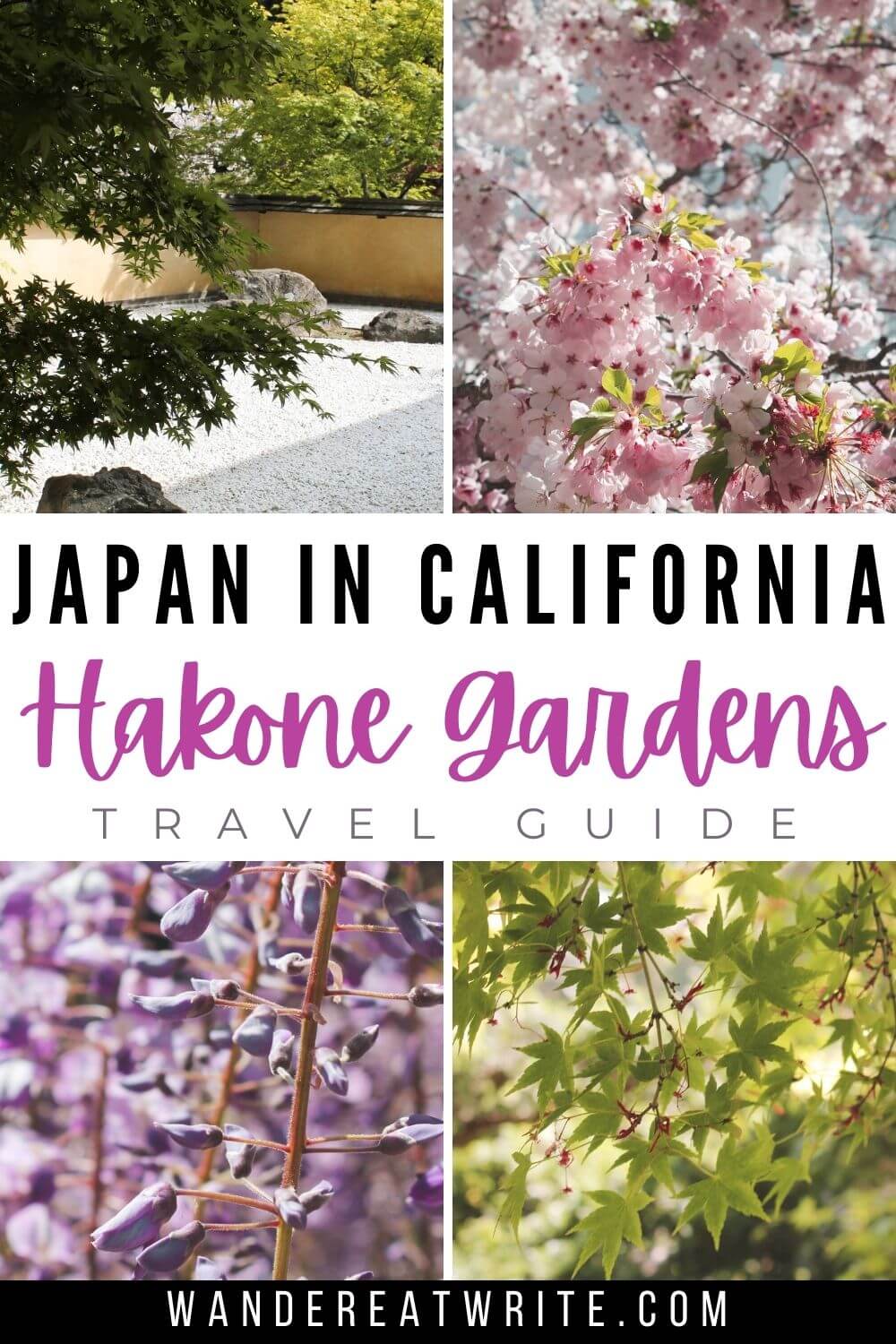
Hakone Estate and Gardens History
Designated a historic national treasure, Hakone Gardens was established by Isabel and Oliver Stine in 1918.
Isabel was inspired to create the garden after visiting the Japan Pavilion at the Panama-Pacific Expo in San Francisco.
She sailed to Japan in 1917 with her son where they visited various estates and parks to gain insight and ideas for her private oasis in California.
Throughout the estate’s history, Japanese and Japanese-American individuals have been involved with the creation and maintenance of the historic garden, including the following:
- Shintani Tsunematsu: Upper Moon Viewing House architect (1917)
- Naoharu Aihara: Landscape architect (1917)
- James Sasaki: Hakone gardener for 30 years
- Tanso Ishihara: Landscape gardener (1968)
Currently, Hakone Estate and Gardens receives support from a number of Japanese organizations and affiliations including Ogata-Kai, which sends a group of volunteer gardeners to Hakone in Saratoga every two years to work on special projects.
Garden Features and Points of Interest
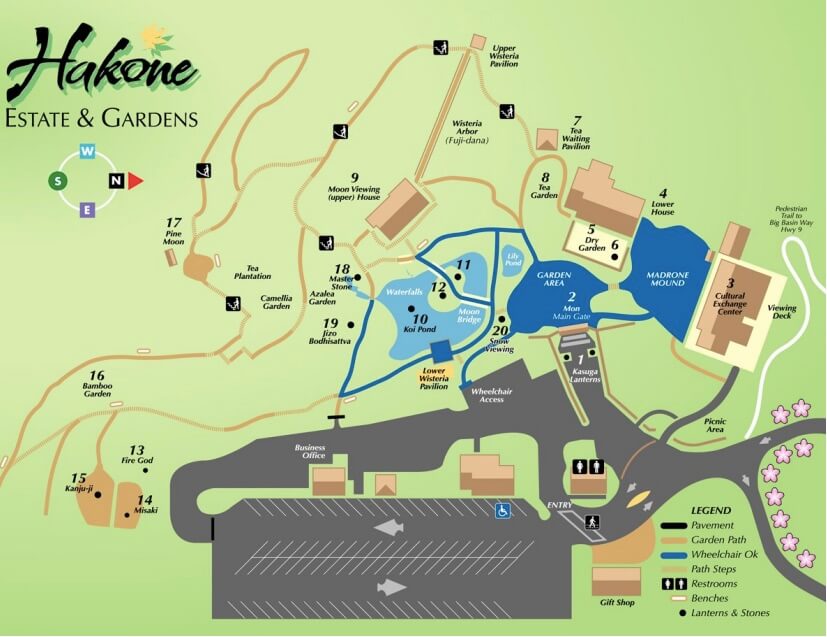
The 18-acre garden includes over 20 features and special points of interest:
- Kasuga Lanterns: A pair of guardian pedestal lanterns placed at the garden entrance.
- The Mon (Main Gate): The main entrance, constructed in 1940.
- Cultural Exchange Center: Designed after a traditional tea shop, the center was built in Japan, disassembled to ship to Saratoga, and reassembled in 1991.
- Lower House: A summer retreat featuring three bedrooms, a bathroom, and a fireplace.
- Dry Garden: A traditional pebble garden designed and renovated by Ogata-Kai, a group of Japanese landscape architects.
- Shrine: A Shinto shrine, donated by Saratoga’s sister city of Muko-shi, Japan.
- Tea Waiting Pavilion (Azumaya): The waiting room for guests prior to partaking in a tea ceremony.
- Tea Garden: The garden outside the tea ceremony room.
- Moon Viewing House: A viewing area constructed in 1917.
- Koi Pond: One of the garden’s main focal points and home to colorful koi.
- Lotus Lantern: Lanterns of the sacred water flower are found around the Koi Pond.
- Worshipping Stone: Located in the middle of the Koi Pond across from the Master Stone to allow visitors to see the garden’s asymmetrical balance.
- Fudo the Fire God Statue: Fudo means “immovable,” signifying the strength of his faith. The sword represents wisdom, he holds a rope to tie up demons, and has one eye looking toward heaven and the other to earth.
- Misaki Lantern: A lantern that shines light across the water.
- Kanju-ji Lantern: Designed after Kanju-ji Temple in Kyoto, Japan.
- Bamboo Garden: The bamboo garden symbolizes Hakone’s friendship with sister city Muko-shi, Japan. The stones represent the dual city councils and the white gravel represents the Pacific Ocean.
- Shogetsu (Pine Moon): Brought from Japan and used for tea ceremonies.
- Master Stone: Located across from the Master Stone and next to the waterfall.
- Jizo Bodhisattva Stone: A deity statue of the guardian that watches over deceased children, expectant mothers, and travelers.
- Snow Viewing Lantern: A lantern with a wide roof and lightboxes to accommodate for heavy snowfall.
- Lily Pond: Located between the Koi Pond and garden area.
- Waterfalls: Located at the southern end of the Koi Pond.
- Sakura Trees: Donated in 2014, 45 Sakura (cherry blossom) trees line the outer driveway.
- Wisteria Arbor
- Wisteria Pavilions
- Azalea Garden
- Camellia Garden
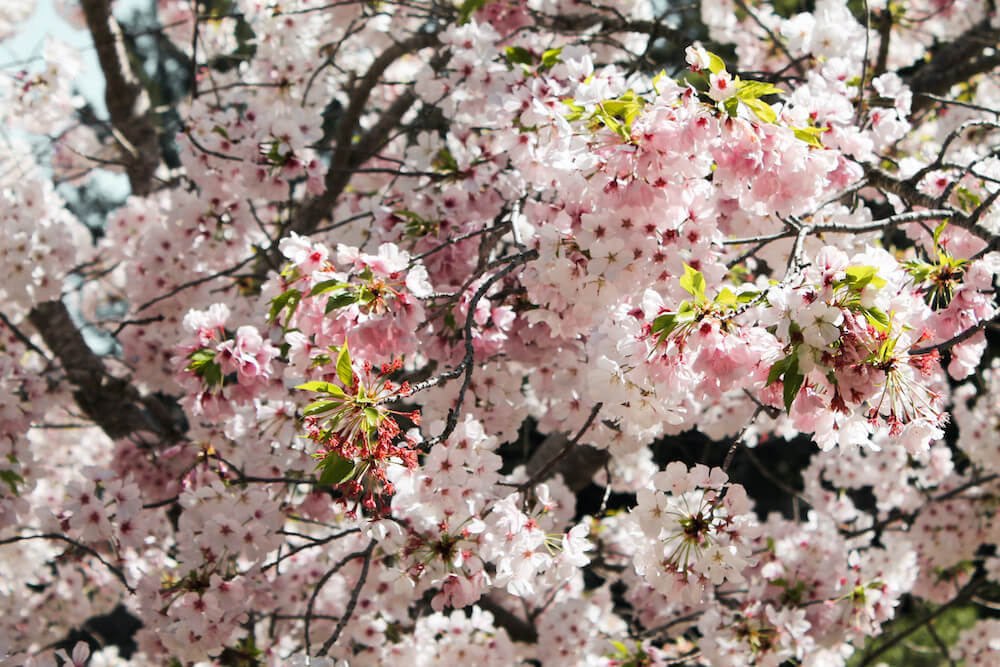
Hakone Events
Occasionally, the gardens host exhibitions from its Cultural Exchange Center in addition to its two most popular events: night time cherry blossom viewing and monthly tea ceremonies.
Hakone Gardens at Night (Hanami at Hakone)
Hanami, the traditional Japanese custom of viewing flowers, is held in the spring at Hakone Gardens when the cherry blossom are in full bloom.
According to the Hakone website, the hanami night viewing event for 2022 is already set for March and April.
Public Tea Ceremony
Between April to November, Hakone holds a tea ceremony open to the public on the first Sunday of the month.
Seatings are available at noon, 1 p.m., and 2 p.m. for $7 per person in addition to a general admission ticket to the gardens.
The monthly event is on hold at the moment due to the coronavirus pandemic.
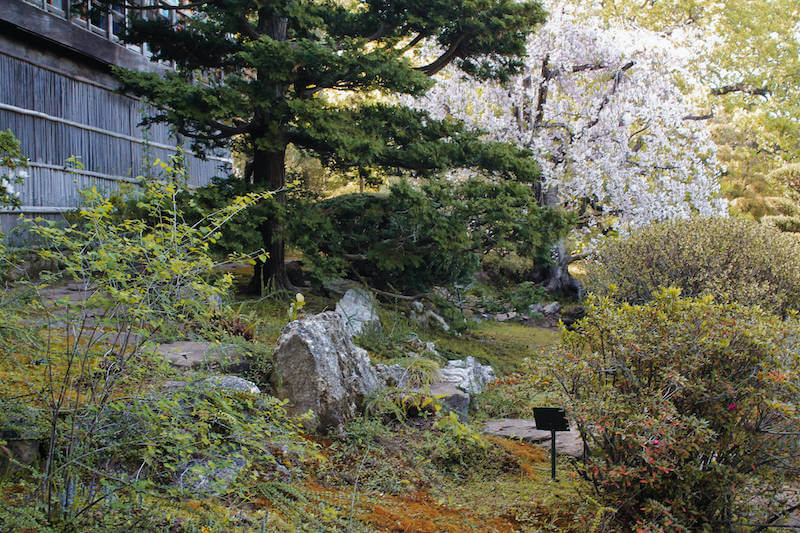
Is Hakone Gardens Open During COVID?
Yes, Hakone Estate and Gardens is open in 2021.
The gardens have taken extra precautionary measures in line with local health requirements, including the following:
- Face coverings must be worn at all times in the garden for individuals over 6 years old (visitors can temporarily remove their masks for quick photos)
- Visitors must keep a six foot distance from other parties
- Limiting the number of visitors inside Hakone at one time
- Closure of the picnic area
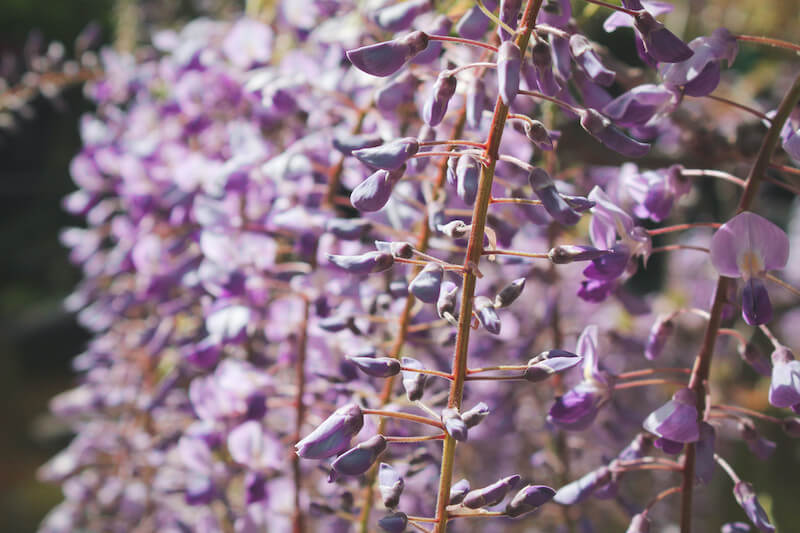
Best Times to Visit Hakone Japanese Garden
The South Bay Japanese garden is typically the busiest on the weekends, so if you can visit during the week it’ll be less crowded.
However, if you can’t avoid going on a Saturday or Sunday, the least busiest times are in the first hour after opening followed by the last hour prior to closing.
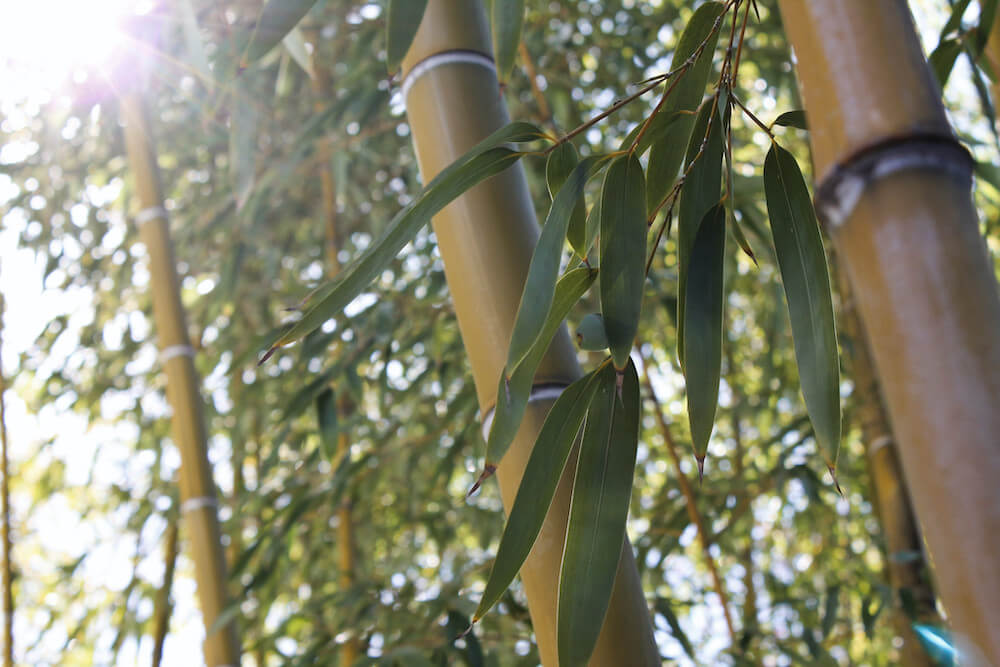
Hakone Garden Hours
The garden is open everyday of the year except for Christmas and New Year’s Day. As of April 2021, the access hours are as follows:
| Days | Winter (November-February) | Summer (March-October) |
|---|---|---|
| Weekdays | 10 am – 4 pm | 10 am – 5 pm |
| Weekends | 11 am – 4 pm | 11 am – 5 pm |
During high seasons when there is a large amount of visitors, admission tickets may only be sold until 4 p.m. (one hour before closing time).
Do note that the venue may close for special events. Visitors can stay up to date on any closures on the Hakone website.
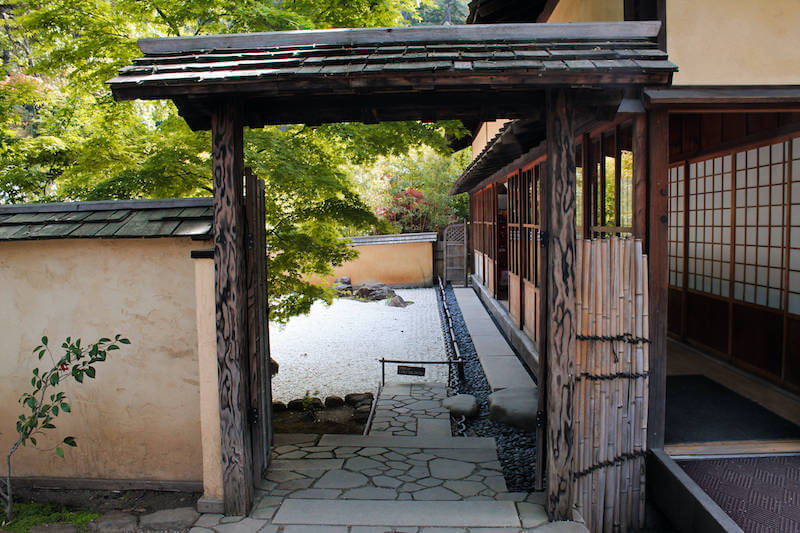
Hakone Gardens Entrance Fee
Admission fees for the Bay Area Japanese garden vary depending on your residential status and age.
- Adults (18- 64): $10
- Seniors (65+) and Students (5- 17): $8
- Children (4 and under): Free
Saratoga residents who bring verification such as a driver’s license get a $2 discount as well as free access on the first Tuesday of every month.
Until August 2023, Santa Clara County residents with verification also get free admission on the first Tuesday of the month during the summer season (March- October) and the first Saturday of the month during the winter season (November- February).

How to Get to Hakone Estate and Gardens
Hakone Garden is located at 21000 Big Basin Way, Saratoga, CA 95070.
The Japanese garden can be easily reached from a number of Northern California cities.
If you’re visiting or staying in San Francisco, San Jose, or Santa Cruz, Hakone Estate and Gardens is just under an hour’s drive away.
| Starting Point | Miles to Hakone | Estimated Driving Time | How to Get to Hakone |
|---|---|---|---|
| San Francisco | 52 | 50-55 min | US-101 S or I-280 S |
| San Jose | 17 | 25-30 min | CA-17 S or CA-85 N or I-880 S and CA-17 S |
| Santa Cruz | 26 | 40 min | CA-17 N |
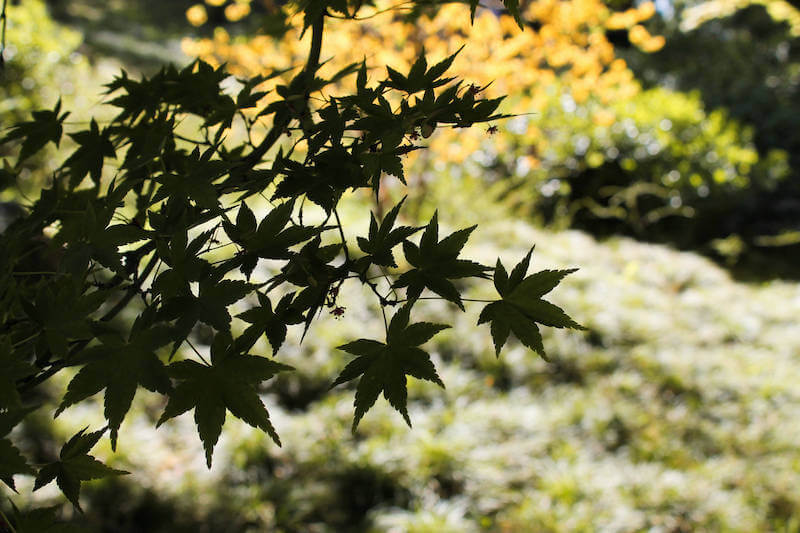
Parking at Hakone Gardens
There is a small parking lot at the gardens, but if you visit during the weekend, expect to park along the main road (Congress Springs Road/ Big Basin Way) and walk.
During the spring, you’ll be able to see lots of blossoming trees as you walk up the hill to Hakone if you park on the street.
It’s a great chance to get pictures at your leisure as it might be more difficult to take your time once you’re inside and everyone is waiting behind you for a turn!
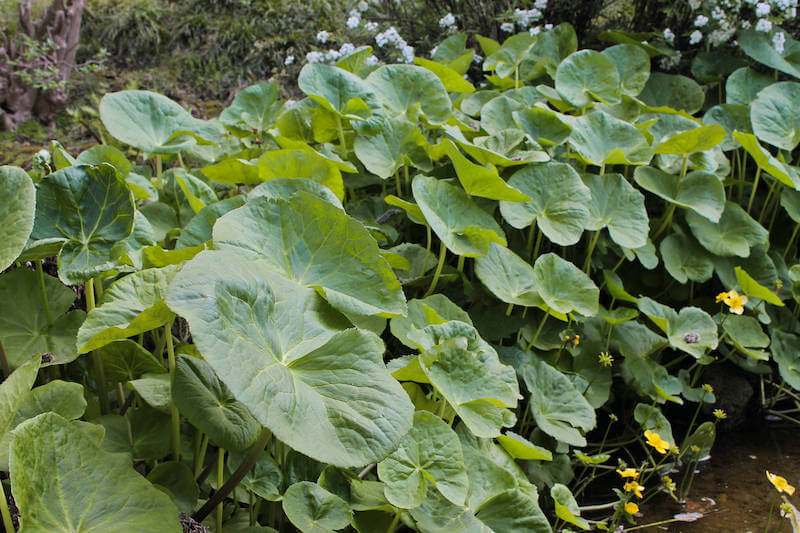
Accessibility
Unfortunately, much of the paths inside the gardens are covered in gravel or rocks. Because of this, visitors with wheelchairs will have limited access.
If you’re traveling with strollers, be prepared to carry them up and down several steps and flights of gravel stairs.
Restrooms
There are restrooms available just outside the entrance, but none inside the gardens.
If a trip to Japan isn’t a feasible option for you, or you’re just in need of a weekend getaway into the Santa Cruz mountains, Hakone Estate and Gardens may be the answer!
Related Posts
- Everything You Need to Know About Visiting Okunoshima Rabbit Island
- How I Got Paid to Live in Japan: My Experience Teaching ESL in Japan
- My Experience Teaching English in Japan with AEON
- Moving To Japan: What To Bring To Teach English
Pin and Save
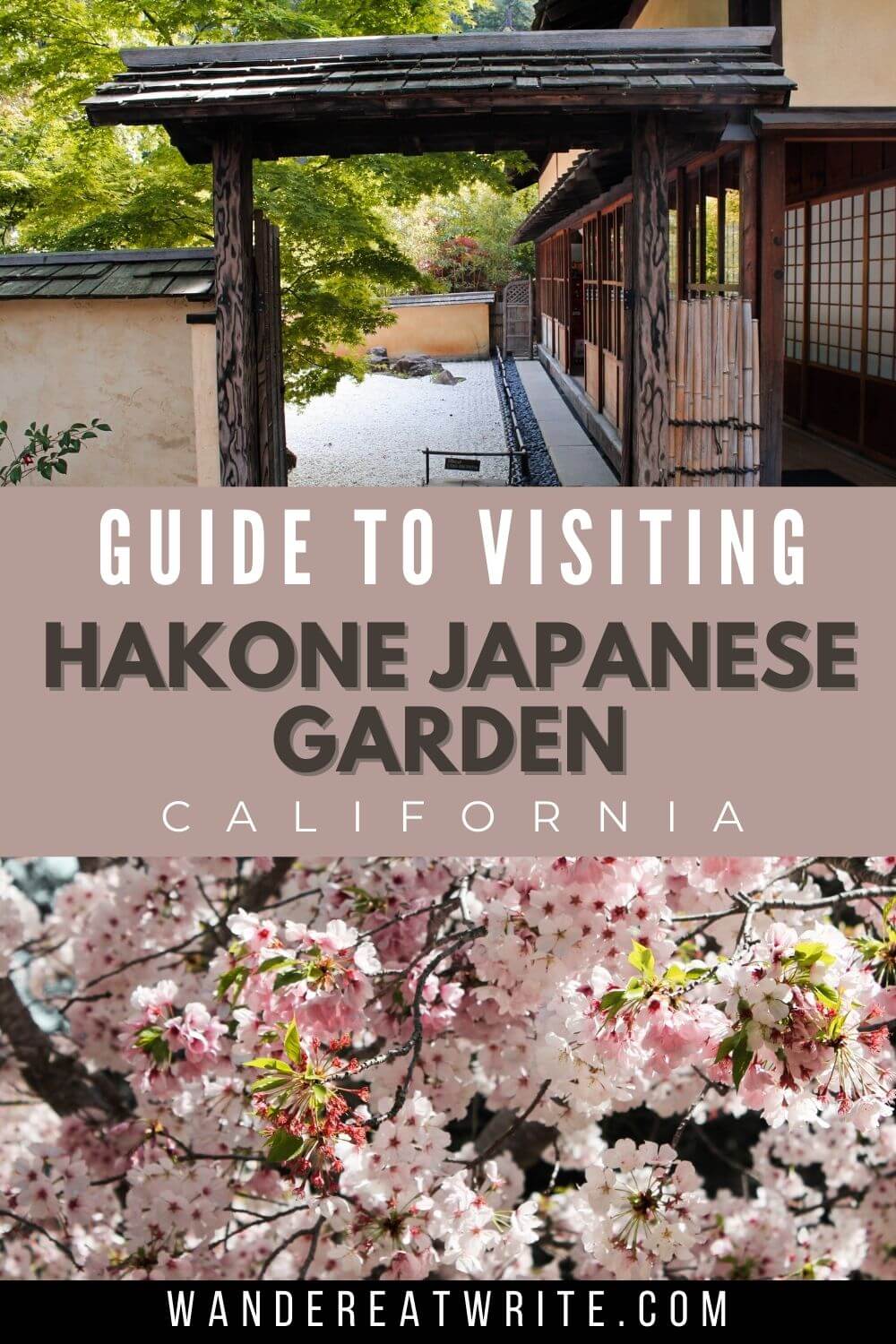
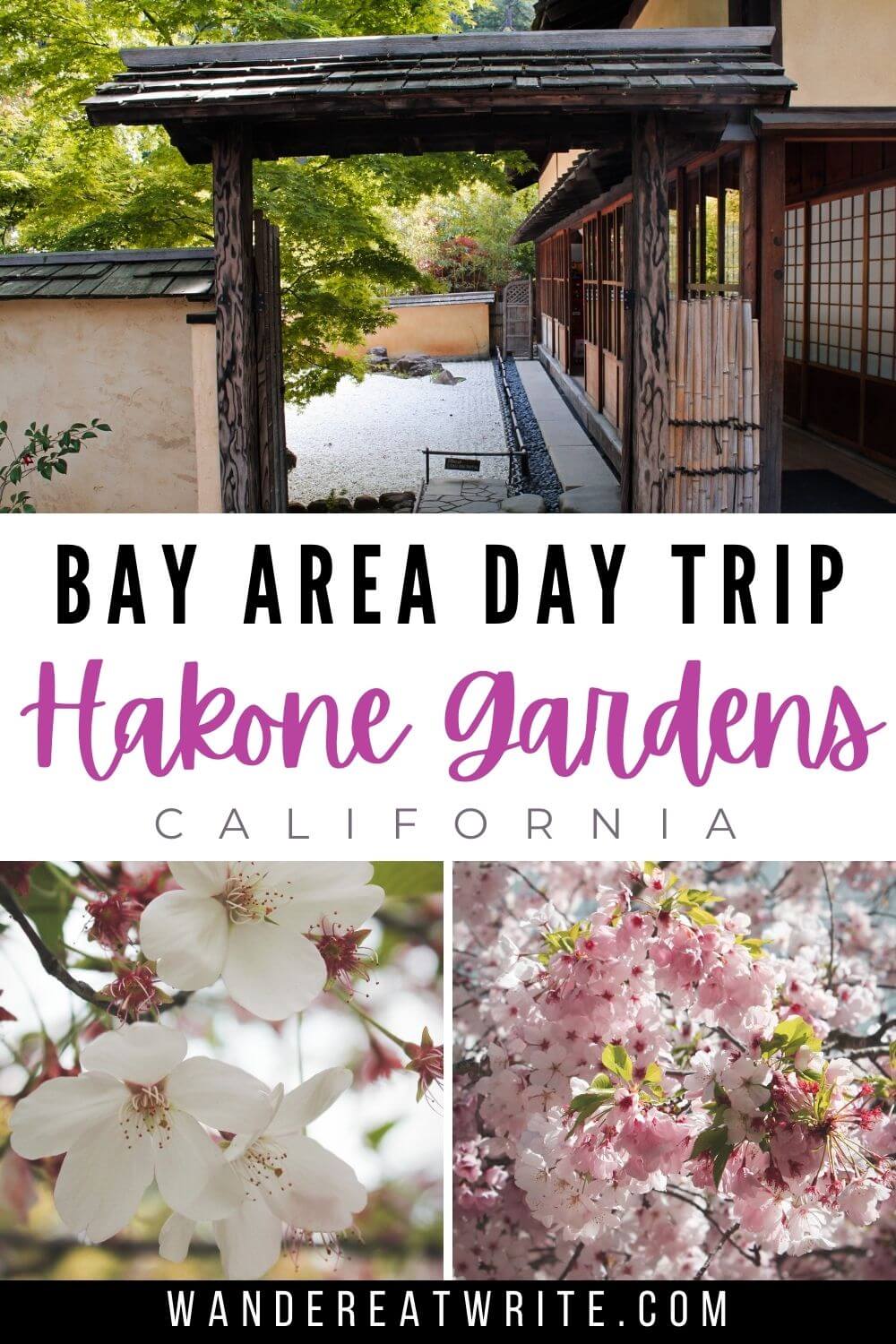
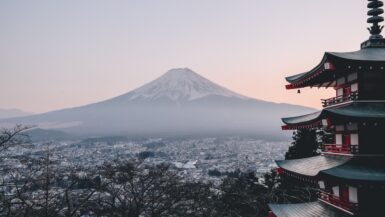
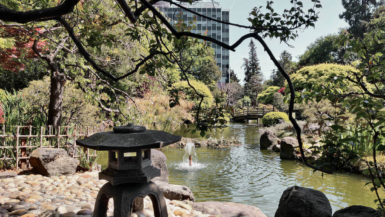
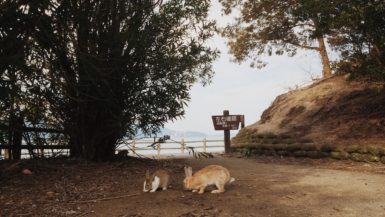
Leave a reply